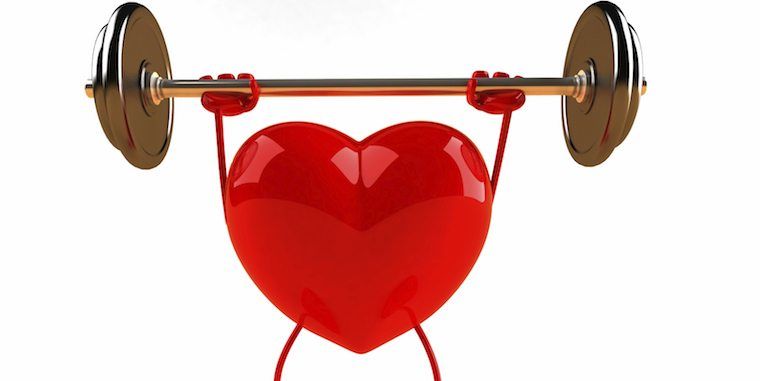The month of February is American Heart Month, making it the perfect time to start living a heart-healthier life.
The best way to combat cardiovascular disease is to eat a healthy diet and add exercise into your life.
The following steps, according to the American Heart Association, will provide a lifetime of benefits to both your heart and overall health:
Start by knowing how many calories you should be eating and drinking to maintain your weight. Nutrition and calorie information on food labels is typically based on a 2,000 calorie diet. You may need fewer or more calories depending on several factors including age, gender and level of physical activity.
If you are trying not to gain weight, don’t eat more calories than you know you can burn up every day.
Aim for at least 150 minutes of moderate physical activity or 75 minutes of vigorous physical activity – or an equal combination of both – each week.
Regular physical activity can help you maintain your weight, keep off weight that you lose and help you reach physical and cardiovascular fitness.
In addition to being more physically active, you should be sure that your diet includes a variety of nutritious foods from all the food groups. While you may currently be eating an appropriate amount of food, your body may not be getting the nutrients it needs to be healthy.
Nutrient-rich foods have minerals, protein, whole grains and other nutrients that are lower in calories, which can help you control your weight, cholesterol and blood pressure.
Make sure your diet includes:
- a variety of fruits and vegetables,
- whole grains,
- low-fat dairy products,
- skinless poultry and fish
- nuts and legumes
- non-tropical vegetable oils
The American Heart Association recommends the following eating patterns to follow on a daily basis:
- Eat a variety of fresh, frozen and canned vegetables and fruits without high-calorie sauces or added salt and sugars. Replace high-calorie foods with fruits and vegetables.
- Choose fiber-rich whole grains for most grain servings.
- Choose poultry and fish without skin and prepare them in healthy ways without added saturated and trans fat. If you choose to eat meat, look for the leanest cuts available and prepare them in healthy and delicious ways.
- Eat a variety of fish at least twice a week, especially fish containing omega-3 fatty acids (for example, salmon, trout and herring).
- Select fat-free (skim) and low-fat (1%) dairy products.
- Avoid foods containing partially hydrogenated vegetable oils to reduce trans fat in your diet.
- Limit saturated fat and trans fat and replace them with the better fats, monounsaturated and polyunsaturated. If you need to lower your blood cholesterol, reduce saturated fat to no more than 5 to 6 percent of total calories. For someone eating 2,000 calories a day, that’s about 13 grams of saturated fat.
- Cut back on beverages and foods with added sugars.
- Choose foods with less sodium and prepare foods with little or no salt.
- If you drink alcohol, drink in moderation. That means no more than one drink per day if you’re a woman and no more than two drinks per day if you’re a man.
- Follow the American Heart Association recommendations when you eat out, and keep an eye on your portion sizes.
To learn more about how diet and exercise can benefit your heart, contact AMP Fitness at 216-831-3674 or email us at info@ampfitness.com.












